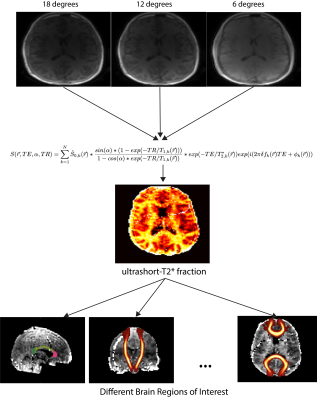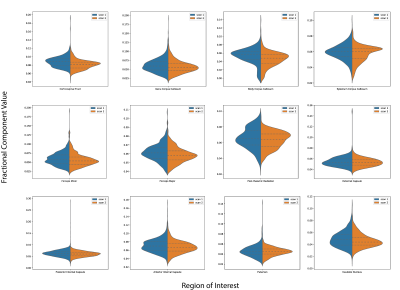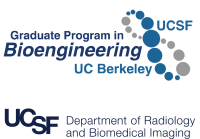Nikhil Deveshwar1,2 and Peder E. Z. Larson1,2
1Department of Radiology and Biomedical Imaging, University of California, San Francisco, San Francisco, CA, United States, 2UC Berkeley - UCSF Graduate Program in Bioengineering, Berkeley and San Francisco, CA, United States
1Department of Radiology and Biomedical Imaging, University of California, San Francisco, San Francisco, CA, United States, 2UC Berkeley - UCSF Graduate Program in Bioengineering, Berkeley and San Francisco, CA, United States
Ultrashort-T2* fraction parameter maps generated at different scans show similar looking structures in the same volunteer. The distributions of the ultrashort-T2* fractional component in various brain ROIs show similar distributions suggesting this technique is reproducible.


